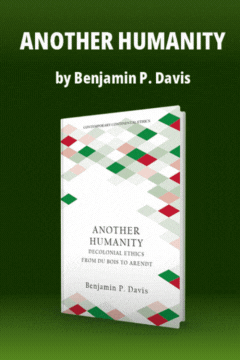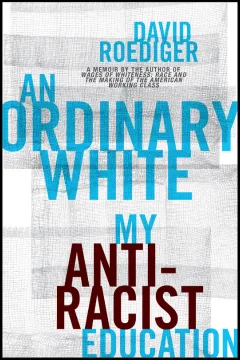The City: A Poem
The City: A Poem
I sing of the city revived. Citizen, I cry to you in
favor of integration and municipal reconstruction. It
is time that you reckoned up the cost of your own follies.
Consider: a city wasted at the guts like present-day
Detroit, or like Carthage, Zabae or ancient Tun Huang
whose market stalls have crumbled into dust and whose
main squares have become the stony pasture for goats.
With the receding of the third, seventh and eighteenth
waves of traffic, the lungs of the metropole have been
pumped dry. Nothing is left but old postal routes,
cracked mains, and monuments torn from their plinths
lying among the hardback and huckleberry—species
which seem to readily colonize these burned-out areas.
The spirit of applied mathematics broods. All surfaces
bear the glacial traces of cars. The wheel has described
its double arabesque, its exquisite compound
parabola, on a field of bare snow.
Children play among the debris. They climb barefoot
among the fashionable used brick and antique doorknobs
salvaged from the old Murray Hill Hotel. A small
replica of the Gulf Oil building has been reconstructed
out of ruste...
Subscribe now to read the full article
Online OnlyFor just $19.95 a year, get access to new issues and decades' worth of archives on our site.
|
Print + OnlineFor $35 a year, get new issues delivered to your door and access to our full online archives.
|






